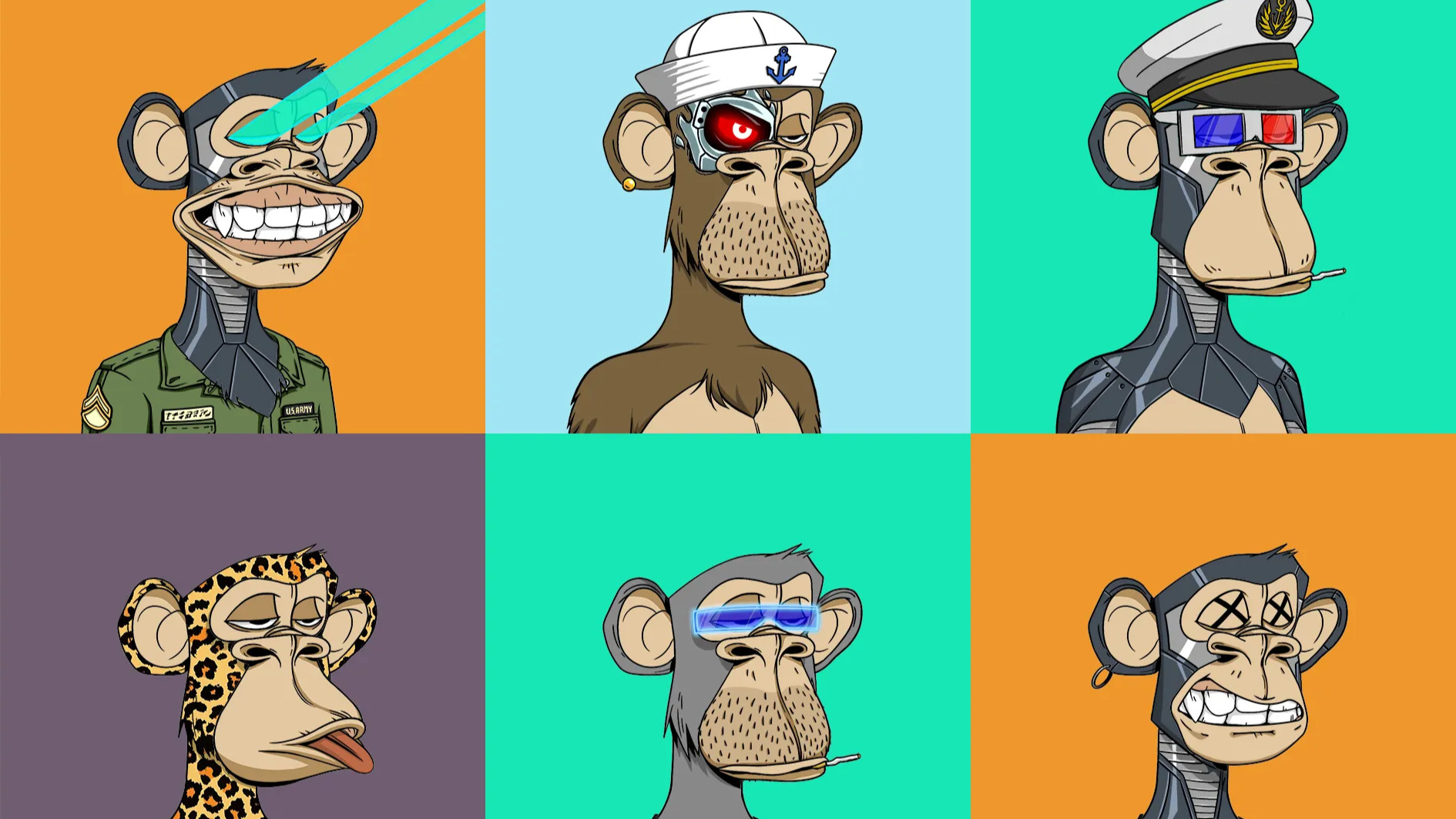
NFTs are dumb
You don’t really need to read more if you don’t want to
Oh, you’re still here? Weird. Well, I guess I can elaborate. I know you’ve come to expect high-quality, educational content from me, and I’d hate to disappoint. Unfortunately for everyone, to understand why NFTs are dumb, you need a basic understanding of how the technology it relies on works. This technology is, of course, the infamous blockchain. Here we go…
You’ve probably heard blockchains described as a “distributed digital ledger,” which is honestly more confusing than the word blockchain on its own. And yes, there are multiple blockchains. When people refer to the monolithic Blockchain, they’re usually talking about the Ethereum blockchain which, in addition to the Ethereum cryptocurrency, holds most NFTs. Anyway, a blockchain is exactly what it sounds like: a series of data chunks (blocks) linked together in a chain. These blocks contain strings of information that need to recorded, like a receipt showing that you bought an NFT. These blocks get assigned a unique set of characters called a hash which is based on the contents of the block. The block then gets told the hash of the block before it on the chain, and boom, you’ve just added a new block that’s connected by hashes all the way to the first one. This way, you can’t change anything already on the chain, only add another block. There’s a bunch of checks that happen along the way to verify stuff being added to the blockchain, but those aren’t really important. Security isn’t the problem here.
The first issue I have isn’t with NFTs specifically, but blockchain tech as a whole. To add a new block to the chain, a computer needs to solve a bunch of really difficult math problems and puzzles in a process called “mining” (this is a massive oversimplification). Mining takes a lot of computational power and, as a result, a lot of electricity. As a reward, the miner gets a small amount of cryptocurrency for successfully adding a block to the chain. Anyone can mine crypto, but only the first person to solve the problems gets the reward. So this turns mining into an arms race, where more and more people are hooking up more and more computers to beat everyone else. Oh, and did I mention that the puzzles get harder the more miners there are? This whole process is called “proof of work,” and most blockchains use it. At this point, each block added to the Ethereum chain uses as much electricity as the average American uses in a month. Ethereum’s power consumption as a whole is about the same as Libya. Like, all of Libya. There are protocols other than proof of work being tested, but they’re not much better, and are only being used on small blockchains. As cryptocurrencies and NFTs become more popular, this energy problem is only going to get worse. I don’t think I need to explain the devastation this will bring to the environment.
Now, we can finally talk about NFTs themselves. NFT stands for “non-fungible token.” Non-fungible means that it’s not interchangeable with something identical. It’s unique. For example, a dollar bill is fungible. If two people have a dollar each and trade the bills, they still both have a dollar. Effectively, nothing’s changed. A painting, however, is non-fungible. Each painting is unique, so you can’t trade them one-for-one. In regards to crypto, a bitcoin is fungible, while an NFT image of an ugly monkey is non-fungible.
But when you pay $10,000 for that monkey picture, you’re not actually paying for the image. The reason NFTs can’t be funged is because they’re stored in a block on a chain. Unfortunately, each Ethereum block is only around 100 kilobytes, while high-resolution PNGs can be many megabytes in size (1 MB equals 1000 kB). The bigger the block, the more money and energy is required to add it to the chain. So luckily for the environment, the image you saw on the listing isn’t actually on the blockchain. But what is?
Well it’s basically a little token that says “You own monkey1.png, hosted at kyleplourde.com/monkey1.” Do you see any problems here? First off, you own the image, but not the copyright or reproduction rights. So you can sell your NFT of the image, but only I can sell prints, t-shirts, or stickers of the image. I can even make more NFTs of it if I want. Second, anyone can go to the URL and just download the picture. There’s nothing different about the actual image you got when you bought the NFT versus the image anyone else can download. You just have the receipt on the blockchain. Finally, the NFT is stored on the blockchain, but the actual image isn’t. That means it’s not around forever, and it can change. If my website goes down, so does your monkey.
Buying an NFT is kind of like buying the Mona Lisa and only getting a placard next to it with your name on it. It stays in the Louvre. You still have to wait in line to see it. You don’t own exclusive rights to reproduce it. You don’t get any say in its preservation or whether it’s exhibited. If it’s stolen or destroyed, you don’t get insurance. Just the plaque.
If this sounds like a scam to you, that’s because it is. Thanks for reading.
About Me

Kyle Plourde
man with opinions
Hey, I’m Kyle. Welcome to my website. Here you’ll find whatever random stuff I feel like sharing, mostly blog posts about politics and the occasional short story
Follow Me
I basically never post anything, but I do occasionally get into funny arguments
